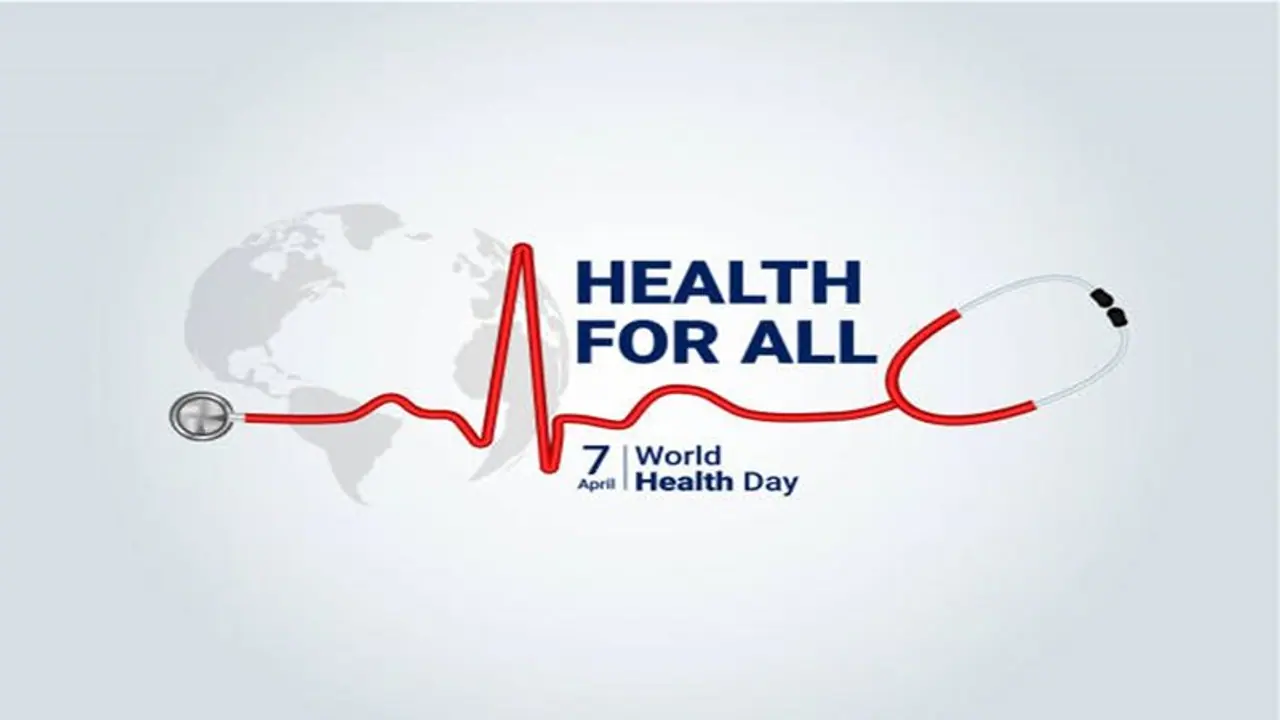Several dangerous diseases exist in India, each with its own unique characteristics and impacting a large number of people. Treating such disorders in a timely manner is critical. However, a lack of funds and restricted access to high-quality medical facilities frequently prevent people from receiving the necessary treatment for these disorders.
Despite considerable progress in the healthcare industry, India continues to have a high incidence of severe diseases. The expense of treating such major diseases in India is extremely high, affecting an individual's productivity and profits. People are encouraged to obtain health insurance plans for this reason in order to receive some assistance with treatment costs.
World Health Day is celebrated on April 7 to raise awareness about health issues, promote healthy lives, and advocate for universal access to healthcare.
India's diverse population, socioeconomic inequality, and complex healthcare system contribute to a wide range of health difficulties. Some health difficulties are more dangerous than others due to their widespread incidence, influence on public health, and long-term consequences.
These are the top five most serious health concerns in India.
1.Cardiovascular conditions:
Cardiovascular illnesses, or CVDs, are the leading cause of death worldwide, killing an estimated 17.9 million people each year. CVDs are a group of health issues that affect the heart and blood vessels, including coronary heart disease, cerebrovascular illness, rheumatic heart disease, and other conditions.
2. Diabetes:
Diabetes has an impact on insulin synthesis and utilization in the body. Type 1 diabetes develops when the pancreas is unable to create insulin, whereas type 2 diabetes develops when the pancreas does not make enough insulin or when insulin is not used correctly. Being overweight or obese, having high blood pressure, being older, not exercising regularly, and eating an unhealthy diet all raise your chance of developing diabetes.
3. Malaria:
According to the World Malaria Report 2019, India accounts for 3% of malaria cases worldwide. Malaria is caused by the Plasmodium parasite, which female Anopheles mosquitoes carry and transmit to humans. Malaria symptoms may include fever, chills, headaches, muscle aches, and weariness. Nausea, vomiting, and diarrhea are other frequent symptoms. Antimalarial medications and mosquito control techniques can be beneficial in treatment.
4. Tuberculosis:
Tuberculosis (TB) is a contagious disease that mostly affects the lungs and is caused by a specific type of bacterium. It spreads via the air when infected people cough, sneeze, or spit.
According to the WHO, India is among the top 30 countries with a high tuberculosis burden, making it one of the most hazardous diseases in the country.
5. Hepatitis:
Hepatitis is an infection of the liver. It can be caused by a viral infection, alcohol intake, a variety of medical disorders, or even specific drugs. Hepatitis is classified into five types: A, B, C, D, and E, each with its own common method of transmission. Treatment options vary depending on the type and underlying reason.
